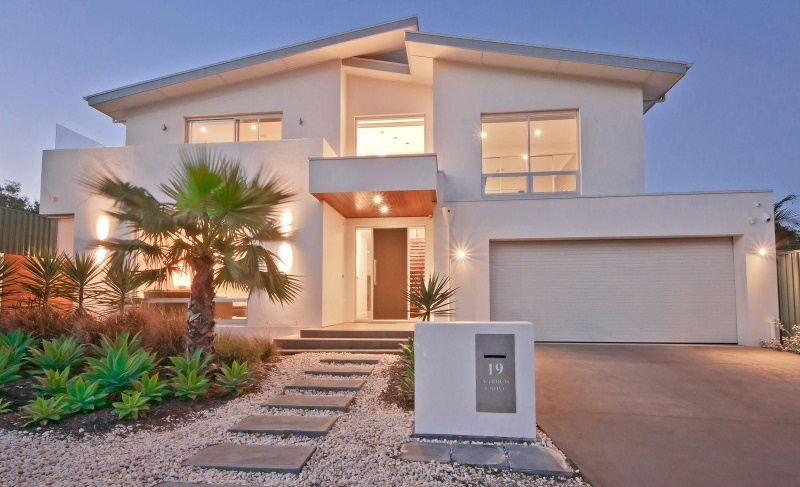Green Building or Lemon? New Materials Carry Risks

Going green is now the standard for many companies, and the building industry is no different. Why wouldn't industries want to be more environmentally friendly?
A green building is a structure built without negatively impacting the environment. It preserves natural resources and reduces negative impacts on the environment. It isn't just about the building, it's site planning and land use, as well as design and maintenance. But are the green building materials worth it? Or are we building lemons?
Veteran building inspector Andrew Mackintosh had this to say,
"It's vital for the planet that we improve the way we build, but your building inspector cannot test the quality of the engineering that went into a property's materials. Investors in green properties should do due diligence, not just on the property but on the company that built it."
Materials and Their Risks
Locating the correct material isn't always simple for a project, especially for green buildings. The same goes for the technology required to get the job done and the expertise of the available workforce. It requires workers with expertise, but skilled workers, in general, are difficult to come by.
Green construction generally takes longer than standard construction, and with more challenges around controlling air temperature, they make cooling in hot areas particularly tricky.
Concrete is one of the most commonly used items in building and it's also a major source of global emissions because it takes a lot of fuel to create cement. Much work has been done to replace concrete as a building material and today, there is a wide range of green materials to choose from.
Pre-cast concrete slabs are popular for building facades and walls because they stand up to weather of all types. It can also be used to construct flat roofs and flooring. These slabs are cured in a controlled environment which makes them unlikely to crack or experience structural faults and it's a more sustainable option than traditional concrete. It requires less energy to produce pre-cast concrete slabs and assemble them, and they are an effective way to control heat.
Bamboo is one of the most sustainable materials on the planet which is why it is being embraced in green building. It's stronger than brick and concrete and more durable due to its strength-to-weight ratio. However, it does require treatment to stave off rot and insects. If treated properly, it's a great option for cabinetry and flooring.
Many builders are using cork in floor tiles and as an insulator, straw bales for framing, and recycled plastic to create timber that is used in fences and other structures or as roofing, flooring, PVC windows, and more. There is also the benefit of reclaimed wood, reclaimed steel, terrazzo, sheep's wool, rammed earth, mycelium, timbercrete, composite roofing shingles, ferrock, solar panels, and smart glass.
Do Your Research
Ultimately, if you plan to construct green buildings, you need to do your research on the companies that you are working with, where they source their materials from, and what goes into creating those materials. It's also key that the correct materials are used based on the local climate.
Green building is the way of the future – but as always, due diligence is crucial to protecting your investment.


















